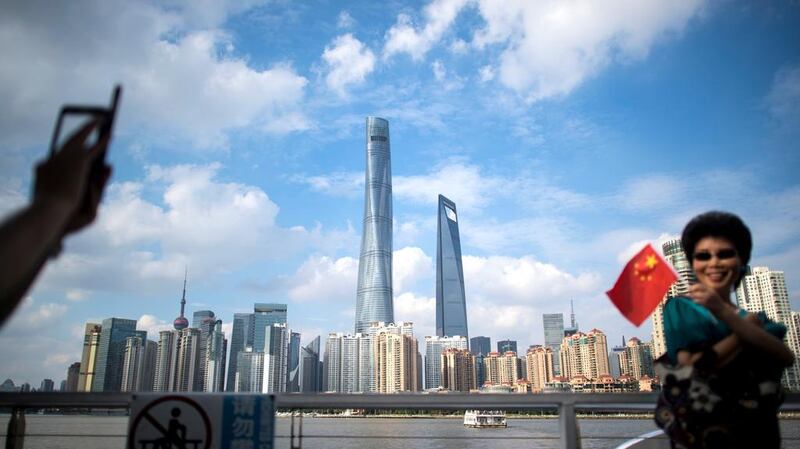China's total debt could rise 77 per cent to US$46 trillion by 2021, and its push to rein in heavy corporate borrowing has had "only tentative results so far," S&P Global Ratings said.
While the pace of debt expansion is slowing, it still exceeds economic growth, implying that high credit risks could still "incrementally increase," the rating company said in a report Friday.
"Recent intensification of government efforts to rein in corporate leverage could stabilize the trend of financial risks over the next few years," credit analyst Christopher Lee wrote. "But we still foresee that credit growth will remain at levels that will gradually increase financial stress."
S&P last week cut China's sovereign credit rating for the first time since 1999, citing the risks from soaring debt, and revised its outlook to stable from negative. The finance ministry responded that the analysis ignores the country's sound economic fundamentals and that the government is fully capable of maintaining financial stability.
In a separate report Friday, S&P said China's push to rein in corporate borrowing likely hasn't produced lasting results because it lacks specific targets and time frames for cuts. Corporate debt, including local government financing vehicles, rose 5 percent last year to $14.5 trillion and is the highest among large economies at 134 per cent of GDP, S&P said.
_________________________
Read more:
[ S&P lowers China's rating for the first time since 1999 ]
_________________________
State-owned enterprises (SOEs) are the heaviest borrowers, S&P said, adding that a focus on maintaining stability contributes to cautious policy making and a bias toward a status quo that prioritizes economic growth. SOEs produce a fifth of economic output while taking out 40 per cent of the bank loans, and they're less profitable than private counterparts with double the overall debt leverage ratio, S&P said.
"Without bold actions, China's corporate deleveraging aims won't be met in the next one to two years," Mr Lee wrote. "China allows moral hazards to persist by providing implicit or even direct support to highly indebted SOEs. Few SOEs and their managements have advanced by voluntarily instilling financial discipline and low debt leverage when government policy is skewed to promoting the growth, scale, and global rankings of China."






